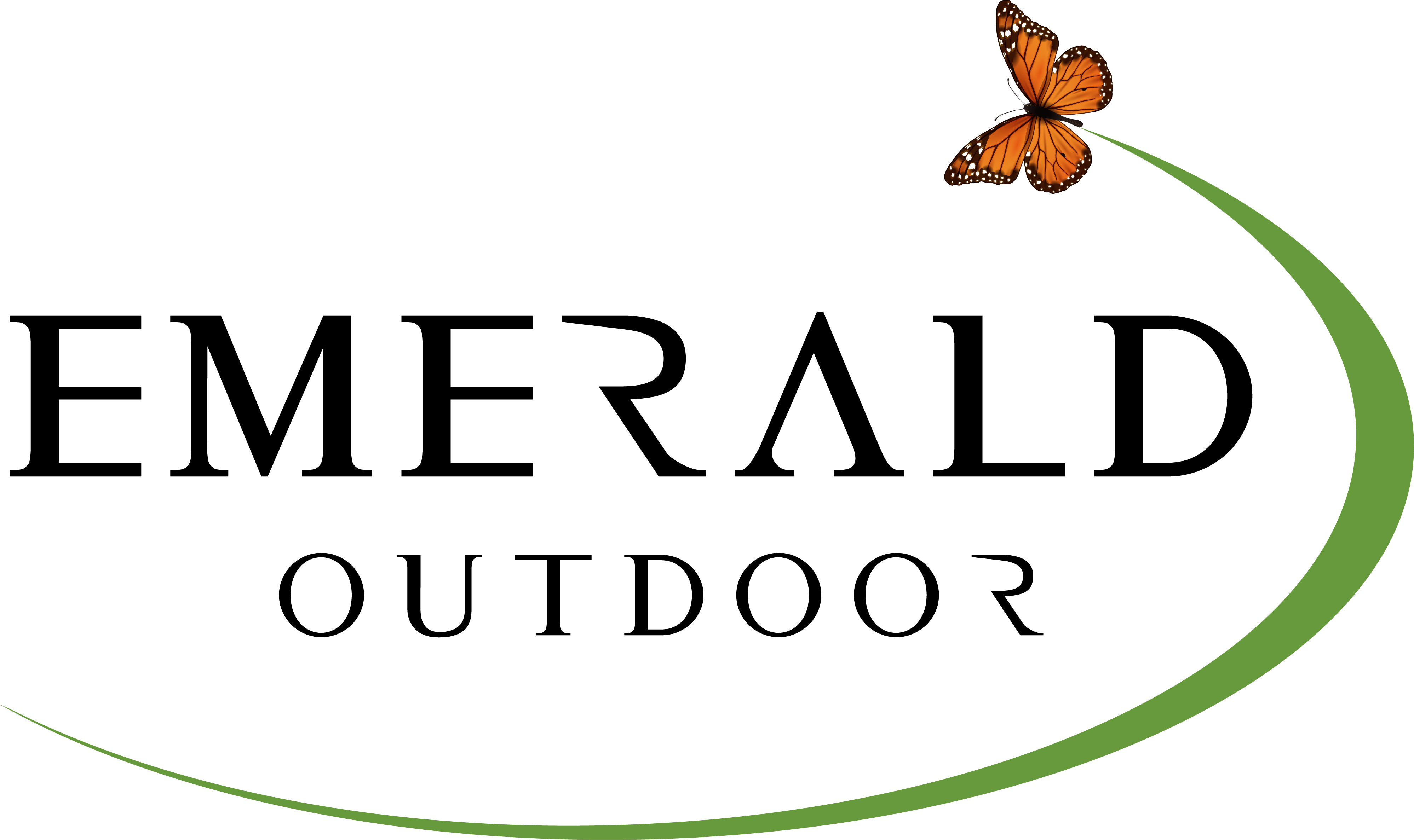During Spring
Spring pre-emergent herbicides (which are applied in the early spring) usually contain fertilizer, however, it is only a small amount, and not considered a full “feeding”. The fertilizer in a pre-emergent herbicide is added to maintain or slightly boost the growth in the grass while the herbicide restricts seedling development.
Don't' overdue a spring fertilizer treatment. an overly aggressive and heavy application of a spring fertilizer that's especially high in nitrogen will likely accelerate your lawn's growth. Sounds great, but the downside is all the early top growth typically comes at the expense of your lawn's roots, and during wet spring weather, an over-fertilized lawn can be especially vulnerable to lawn fungus, and quick top growth means more mowing. While some fertilizer is a great start to your season's lawn maintenance, in the spring consider a fertilizer with lower nitrogen content than you'd use at other times of the year, and be sure not to over-apply it.
Our spring treatment consists of no more than 3/4 lb nitrogen per K in a slow release formula (166 lbs per acre of 19-0-6), with a primary function of providing the pre-emergent crabgrass control product in order to provide the much-needed control from unsightly warm season crabgrass.
Early & Mid Summer
Our Cool-Season grasses of the Mid Michigan area which typically consist of Kentucky Bluegrass, Tall Fescue and Ryegrass varieties, tend to look their very best during the spring and fall seasons when temperatures range from 60-75 degrees. During the hot and dry periods of mid summer, one should expect some signs of dormancy (browning out) of the grass during these periods. Dormancy is simply a state of reduced water usage throughout the grass plant where the plant focuses its resources on the roots.
The dormant turf is not actively bringing in large quantities of nutrients. Therefore, excessive and incorrectly applied products? during a drought situation can actually overly stress the grass plant and subsequently cause injury to the grass. This is especially true if a less expensive quick release liquid fertilizer product or program (used by many of the large competitors due to its cheaper application cost) is used in the hotter summer months.
We typically apply only a very high quality, technology advanced, slow-release fertilizer in late spring/early summer. The use of products with advanced coatings such as MESA, XRT (osmotic released) or PCSCU (poly coated) with slow release properties in the 70-80% range is a must. In addition, a nitrogen base derived from Sulfate of Potash or SOP during the warmer months can reduce burn potential as compared to an equal product using MOP (Murate of Potash) nitrogen base.
If applied correctly and by trained and knowledgeable users, a high quality balanced fertilizer product can actually aid the grass plant with the uptake of available water by strengthening its root system, helping to alleviate dormancy and fight off disease. Our treatment schedule uses ONLY the highest quality slow release coated products available to us throughout the entire season, guaranteed.
Fall
Fall Fertilization holds the key to the most important fertilization practices and applications you can give your lawn. Fall fertilizing can make all the difference in the quality of your yard. Lawns fertilized in fall have better green color in winter than those without fertilizer. They also green up faster when spring comes. Roots also grow better when lawns get fertilized in fall. They spread farther and grow deeper in the ground as a result of carbohydrates being produced in leaves and stored in the root system.
We provide two applications in the Fall. The first is a granular premium slow release product applied in early to mid-September after the stresses of the summer heat have subsided. This gives the grass plant an opportunity to properly recover and flourish during the cooler nights and pleasant days. The second is applied in conjunction with our late fall liquid weed treatment shortly after the first frost. Advantages of the later season treatments include: better fall and winter color; earlier spring green-up; increased shoot density; improved fall, winter, and spring root growth; and enhanced storage of energy reserves (carbohydrates) within the turf plant.
Recap
- For Cool-Season variety lawns of the Mid- Michigan area, it is usually best to apply a conservative to light amount of nitrogen (the main fertilizer greening nutrient) ?in the spring of not more than 3/4 lbs Nitrogen per 1000 sq ft. range combined with a pre-emergent crabgrass control.
- Use of a slightly lower overall amount of Nitrogen-based fertilizer approaching the 3/4lb 1lb N per 1K range of a substantially slower release coated formula in the 80% SR range in the late spring/early summer months and again in late July August will provide an evenly balanced nutrition level through out the summer months if applied properly and with caution.
- Finally, we recommend concentrating the largest amounts of fertilizer during the cooler Fall season. Doing so will extensively help strengthen the grass plants root system and provide a healthy disease resistant turf stand. Use of a quality 50% slow release nitrogen and potash product (for healthy roots and disease resistance) approaching the 1.25 lbs per K range during the early fall growing periods is optimal. In addition, we provide an application of .25- .5N per K quick release liquid fertilizer application in conjunction with our fall weed treatment in late fall.
We hope that the information provided has been helpful in either providing useful information for the do-it-yourself task or to help you with your decision-making process in hiring a qualified contractor. If you have any additional questions or comments please feel free to contact us at 517-750-5296.



Comments (0)
Thanks for your comment!
Thanks for your feedback! Your comments have been successfully submitted! Please note, all comments require admin approval prior to display.
Error submitting comment!
There is a problem with your comment, please see below and try again.